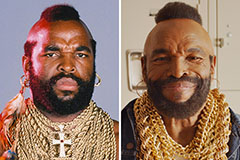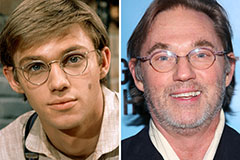The United Arab Emirates (UAE) has long been associated with luxurious fragrances and a profound perfume culture intrinsically tied to its heritage and customs. From the bustling souks of Dubai to the luxurious boutiques of Abu Dhabi, the UAE's perfume industry has developed into a booming market that blends traditional Arabic scents with innovative fragrances.
The UAE perfume market has witnessed significant growth in recent years, fueled by factors such as rising disposable income, a expanding population, and a strong cultural emphasis on personal grooming and fragrances. As per recent market research, the UAE perfume market attained a value of US$ 682.6 million in 2023 and is projected to increase to US$ 1.61 billion by 2032, demonstrating a compound annual growth rate (CAGR) of 10.01% during the forecast period of 2023-2032.
This remarkable growth is attributed to several factors, including:
Growing consumer awareness about personal grooming
Escalating demand for luxury perfume products
Ongoing influx of innovative products in the market
Rising working population and rising disposable incomes
Escalating trend towards eco-friendly fragrances
Introduction of new products customized for local preferences
The UAE perfume market can be segmented based on various factors, including cost, gender, and perfume type:
Price Segmentation:
High-end products currently lead the market
Mass products are also available but hold a minor market share
Gender Segmentation:
Unisex perfumes hold the dominant market share
Men's and female-specific fragrances also have perfume dubai significant presence
Perfume Type:
Arabic perfumes form the largest segment
European and other international fragrances are also popular
Several patterns are currently shaping the UAE perfume market:
Fusion Perfumery: The GCC region has experienced a rise in the fusion of French and Oriental perfumery, creating captivating and complex fragrances that merge elements from both traditions.
Functional Fragrances: Post-Covid, there has been growing interest in functional fragrances formulated to affect emotions, mood, and cognitive state through a blend of scent and active ingredients.
Fragrance Layering: This refined practice of combining various perfumed materials for persistent scents has gained popularity among consumers.
Natural and Organic Fragrances: Rising consumer awareness of health benefits has resulted in increased demand for eco-friendly fragrances.
Customization and Personalization: Many brands now offer bespoke fragrance services, allowing customers to craft unique scents.
E-commerce Growth: The expansion of online shopping has made high-end fragrances more attainable to a wider audience.
 Mr. T Then & Now!
Mr. T Then & Now! Kirk Cameron Then & Now!
Kirk Cameron Then & Now! Christina Ricci Then & Now!
Christina Ricci Then & Now! Richard Thomas Then & Now!
Richard Thomas Then & Now! Lucy Lawless Then & Now!
Lucy Lawless Then & Now!